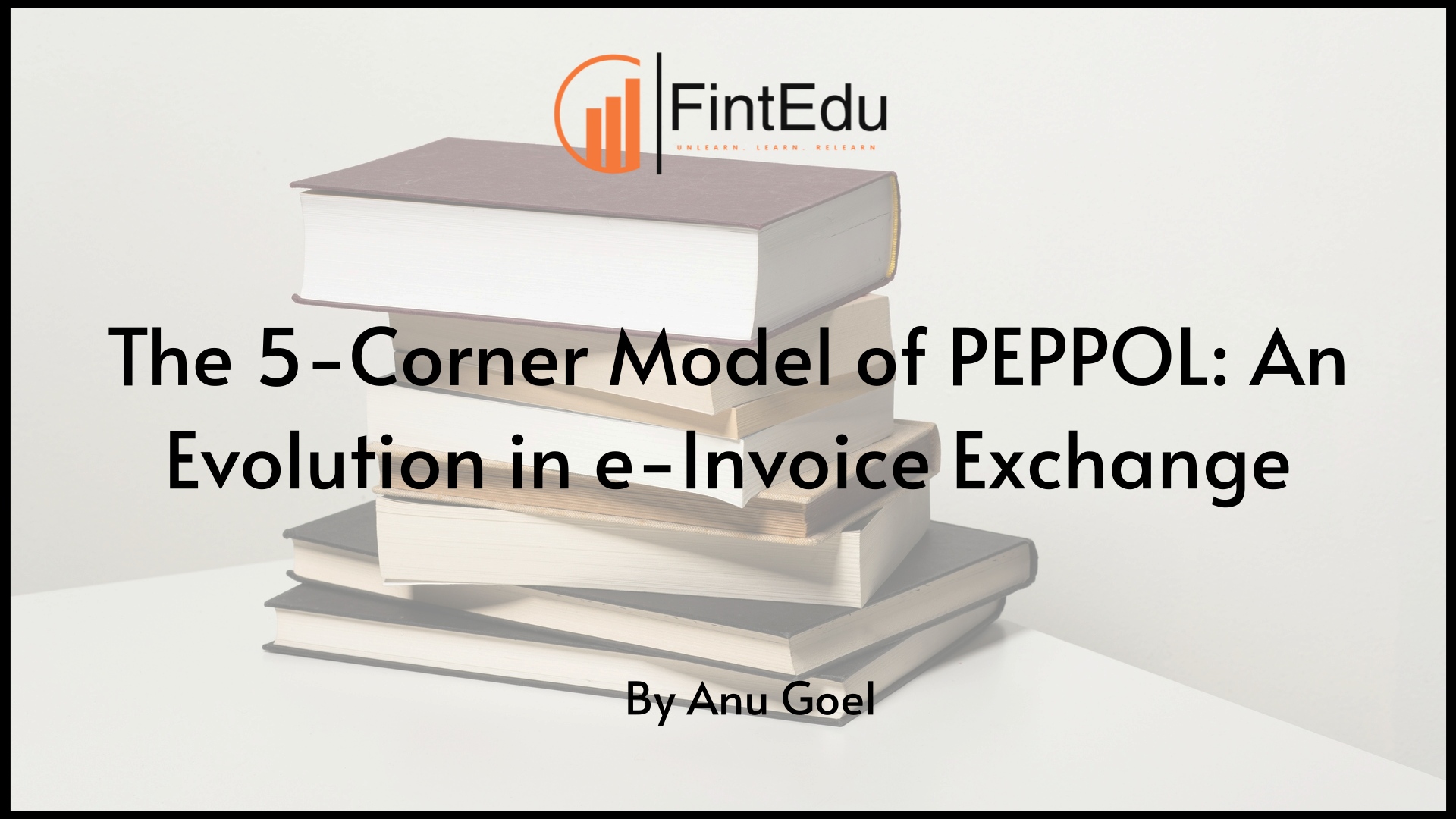LISTEN TO THIS ARTICLE
The world of e-invoicing is continuously evolving to enhance efficiency, security, and ease of use. The 4-Corner Model, a widely accepted framework for e-invoice exchange, has now evolved into the 5-Corner Model. This new model, introduced by PEPPOL (Pan-European Public Procurement Online), brings additional features and improvements, making e-invoicing even more accessible and efficient. Let's explore what the 5-Corner Model is and how it builds on the 4-Corner Model.
The 4-Corner Model is a framework used to exchange e-invoices between businesses. It involves four key participants:
1. Supplier
2. Supplier's Access Point
3. Buyer's Access Point
4. Buyer
The 5-Corner Model introduces a fifth participant to the established 4-Corner Model, known as the Service Metadata Publisher (SMP) adding an additional layer of functionality and oversight.
What Does an SMP Do?
An SMP is like an information hub that helps manage and share important details about the participants involved in e-invoicing. Here’s a more detailed look:
1. Information Management: The SMP stores and manages metadata. Metadata is information about the participants (like businesses) and their access points (the systems they use to send and receive e-invoices).
2. Routing Guidance: It ensures that e-invoices are sent to the right place. By providing up-to-date information about where and how to deliver e-invoices, the SMP makes sure they get to the correct recipient without any issues.
3. Intermediary Role: The SMP acts as a trusted intermediary, ensuring that all parties in the e-invoicing process have the necessary information to interact smoothly and securely.
SMP thus plays a crucial role in managing and disseminating metadata related to e-invoicing process, ensuring smoother and more secure transactions.
How the 5 - Corner Model Works
Let's break down the roles and interactions of each participant in the 5 - Corner Model:
1. Supplier : The supplier generates the e-invoice and sends it to their access point.
2. Supplier's Access Point : The supplier's access point receives, validates, and forwards the e-invoice to the buyer's access point.
3. Buyer's Access Point : The buyer's access point receives the e-invoice from the supplier's access point and forwards it to the buyer.
4. Buyer : The buyer receives the e-invoice from their access point and processes it for payment.
5. Service Metadata Publisher (SMP) : The SMP manages and publishes metadata about the participants and their access points, ensuring that the e-invoice is correctly routed and that all participants have the necessary information to process the invoice.
The 5-Corner Model is an advanced framework for the exchange of e-invoices, building on the strengths of the 4-Corner Model by introducing the Service Metadata Publisher (SMP). This addition enhances the security, accuracy, and interoperability of e-invoicing processes. As businesses adopt the 5-Corner Model, they can expect to see improved efficiency and reduced errors in their invoicing practices, paving the way for a more streamlined and secure future in digital transactions.
Disclaimer: Content posted is for informational and knowledge sharing purposes only, and is not intended to be a substitute for professional advice related to tax, finance or accounting. The view/interpretation of the publisher is based on the available Law, guidelines and information. Each reader should take due professional care before you act after reading the contents of that article/post. No warranty whatsoever is made that any of the articles are accurate and is not intended to provide, and should not be relied on for tax or accounting advice.
Related Articles
The 4-Corner Model for e-Invoice Exchange: Simplifying Digital Transactions
Understanding Peppol: A Global Standard for Electronic Document Exchange



